When to dig tulip bulbs after flowering?
In order for early flowering plants to please with bright colors from year to year, it is necessary to observe agricultural technology. Summer residents have to harvest tulips after flowering, and then plant them again. If this is not done, over time, the flower bed will become empty. Digging up the bulbs helps to preserve their health and to create full-fledged flower arrows.
Why dig up tulip bulbs?
After the tulips have faded, their bulbs must be removed from the ground and stored at home until autumn, and then planted again in the flower bed. They do this for several reasons:
- If the bulbs are not dug out annually, or at least in a year, they will go deeper and deeper. In the future, the sprouts will have to break through the thickness of the earth, which takes a lot of the plant's strength. As a result, the bulbs become smaller and at some point disappear completely.
- In order to lay flower arrows, tulips need a temperature of +25 ° C. At some depths, the soil may not warm up enough even on hot days, so the quality of flowering will deteriorate if the bulbs are not dug out.
- After being removed from the ground, the bulbs are treated with fungicides and dried thoroughly. If you do not do this, tulips can rot in the soil or get sick with fungal diseases.
- Digging the bulbs after flowering is also necessary if you plan to transplant tulips to a new place. Such a need may arise in connection with the redevelopment of the site. And according to the rules of crop rotation, tulips cannot be grown in one place for more than 3-4 years.
- The process of reproduction of tulips occurs through the formation of the so-called babies - young bulbs. After removing the mother bulb from the ground, the children are separated from it and planted in the fall on a separate bed.
To admire the large flowers of tulips, the bulbs are removed from the beds every year. If the bulbous plants are not dug up, flowering will be delayed next year, and the buds themselves will be smaller. This pattern applies primarily to Dutch hybrids, fringed and other sophisticated species. Old tulip varieties can be left to grow without digging for 4–5 years.
When to start digging?
Immediately after flowering, tulips will need to be fed with fertilizer for bulbous crops - this will allow the plants to recuperate. It is not recommended to cut the leaves at this time: gradually the nutrients from them will pass into the underground part. You can only remove a wilted flower so that the plant does not waste its energy on seed formation.
The timing of harvesting the bulbs is related to weather conditions. The air temperature has a direct impact on the growing season of the plant. The signal for the beginning of digging is a series of external changes in tulips, indicating that it is time to remove the bulbs from the soil. In addition, the timing depends on the varietal characteristics.
First of all, they dig up early, then medium, and then late tulips.
The work schedule by region looks like this:
- southern Russia - late May - early June;
- Moscow suburbs and neighboring regions - from mid to late June;
- Ural and northern European territory - July;
- Siberia - the first days of August.
The fact that it is time to start harvesting the bulbs can be found out by the state of the aboveground part of the plants:
- Tulip leaves by this time should lie on the ground and turn yellow. However, do not wait until they dry completely.
- You can also try winding the stem of the flower around your finger - it shouldn't break during these steps.
If the bulbs are planned to be removed for transplantation to another place, the work should also be timed to the end of the flowering period, then the plants will undergo the procedure without losses and complications.
Many gardeners agree on the timing of the extraction of bulbs with the lunar calendar. Astrologers claim that in this case the planting material will be better stored.
How to remove the bulbs correctly?
To dig up tulips, choose a dry, clear day, then the bulbs will remain clean. If you had to do work in rainy weather, the stuck earth is washed off with a stream of water, then the bulbs are dried.
You can remove tulips from the ground using a pitchfork or a shovel. The selected inventory is stuck into the ground away from the stem so as not to damage the underground part of the flower.
The process of extracting the onions will be facilitated if they were planted in a flower bed in a special plastic basket. These containers can be purchased at any gardening store. The shovel is brought under the bottom of the basket and the container is raised up. In this way, the risk of damaging the bulbs is minimized. In addition, even the smallest bulbs will remain inside the basket and will not get lost in the soil. In the cold season, the basket will prevent rodents from damaging or destroying the bulbs.
Preparation and storage of planting material
To begin with, the bulbs should be sorted out and wrinkled, soft, rotted specimens should be removed.
Then the planting material is etched by placing for 30 minutes in a weak solution of potassium permanganate or fungicide ("Maxim", "Fundazol"). If small dark spots are found on the onions, they should be cut out with a disinfected knife, and then smeared with brilliant green.
The bulbs are dried for 2-3 days, placed in the shade under a canopy or in a barn. If after this the children do not fall away on their own, they are separated by hands.
After pickling and drying, the planting material can be stored. It is best to store onions in wooden boxes, wicker baskets, cardboard boxes, spread out in a thin layer.
In a private house where rodents are found, it is recommended to keep the planting material suspended by packing it in cloth or mesh bags - this will help protect the onions from damage.
When storing in high humidity conditions, it is recommended to wrap each bulb in newsprint or sprinkle the planting material with wood chips, river sand.
Do not store tulip bulbs in a plastic bag, as they may mold or rot if stored this way.
Optimal storage conditions:
- humidity 65–70%;
- good ventilation;
- blackout.
It is advisable to gradually reduce the temperature in the room. In August, the temperature indicator should correspond to +17 ° C, in September - +15 ° C. During this period, it is better to transfer the bulbs to a dry basement, since the temperature at home can be much higher.
Planting tulips in autumn
It is also possible to plant tulips in open ground in spring, but autumn planting is more consistent with the physiological characteristics of the plant, therefore it is carried out more often.
It is necessary to plant bulbous flowers 1–1.5 months before the onset of frost. The bulbs should have time to take root, but not start growing.
Planting dates vary by region. It can be held from September 15 to the end of October. Preliminarily, the bulbs are disinfected in the same way as before laying them for storage, first by freeing them from old integumentary scales. Planting depth depends on the size of the bulb. Small planting material is planted shallowly - by 6–8 cm. Larger bulbs are buried by 12–15 cm.
It is necessary to maintain an interval of 20–35 cm between the plants. At the bottom of the hole, place a pillow made of a mixture of river sand with wood ash and crushed eggshells. With the arrival of winter frosts, the soil is mulched with a layer of peat 3 cm thick.In spring, the mulch must be removed as soon as the snow melts.
If for some reason the planting in the ground in the fall did not take place, the bulbs can be stored in the cellar, in the basement or in the refrigerator by wrapping each of them in paper. The temperature in the storage should not fall below 0 ° C. The planting material is periodically revised. If rotten areas or mold are found, the bulbs are cleaned, disinfected, dried and stored again.
It is impossible to grow modern tulip varieties without annual excavation: the plants will begin to degenerate or disappear altogether. It is necessary to remove the bulbs from the ground after the beginning of wilting of the aboveground part. In the future, it is important to properly preserve the planting material and plant it on the flowerbed in the fall on time.
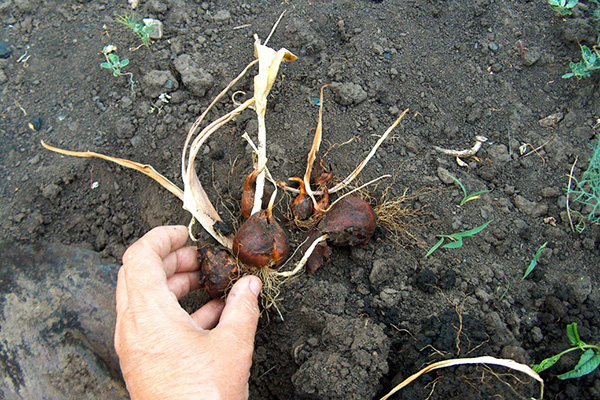
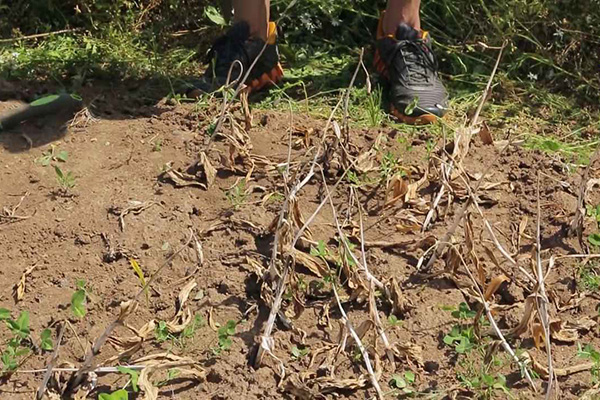

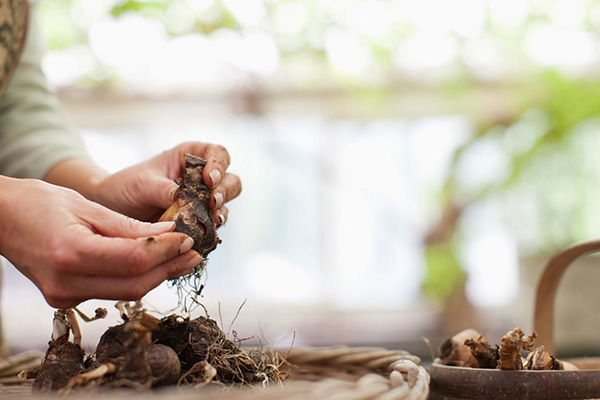
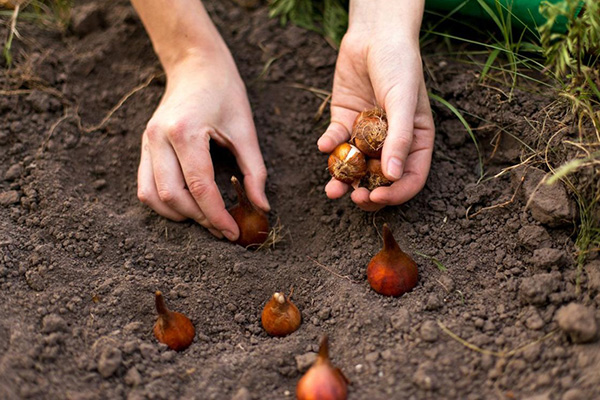
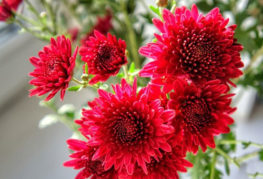
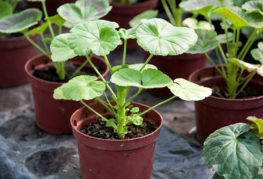
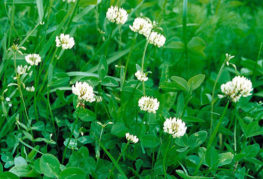
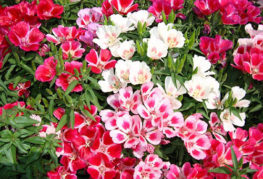


and will be published shortly.